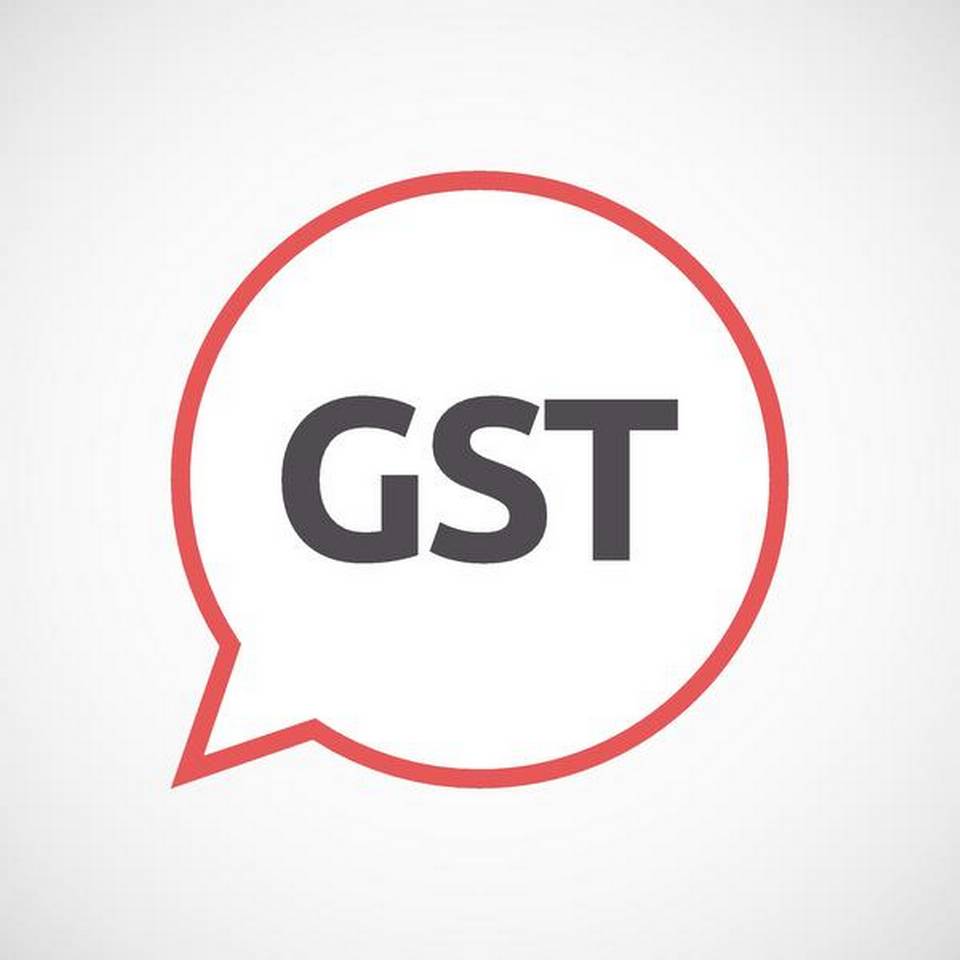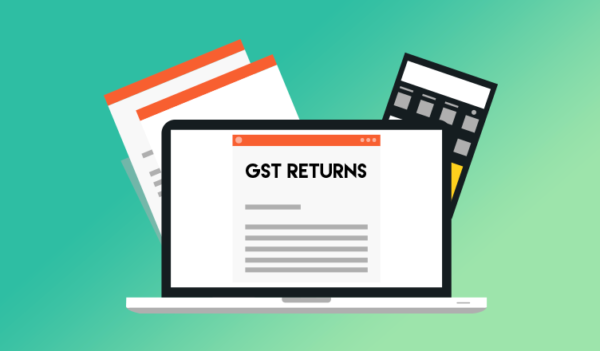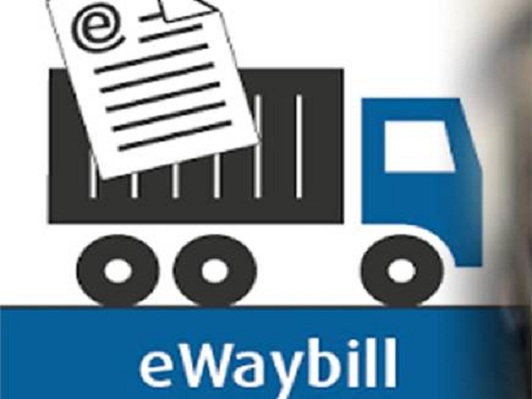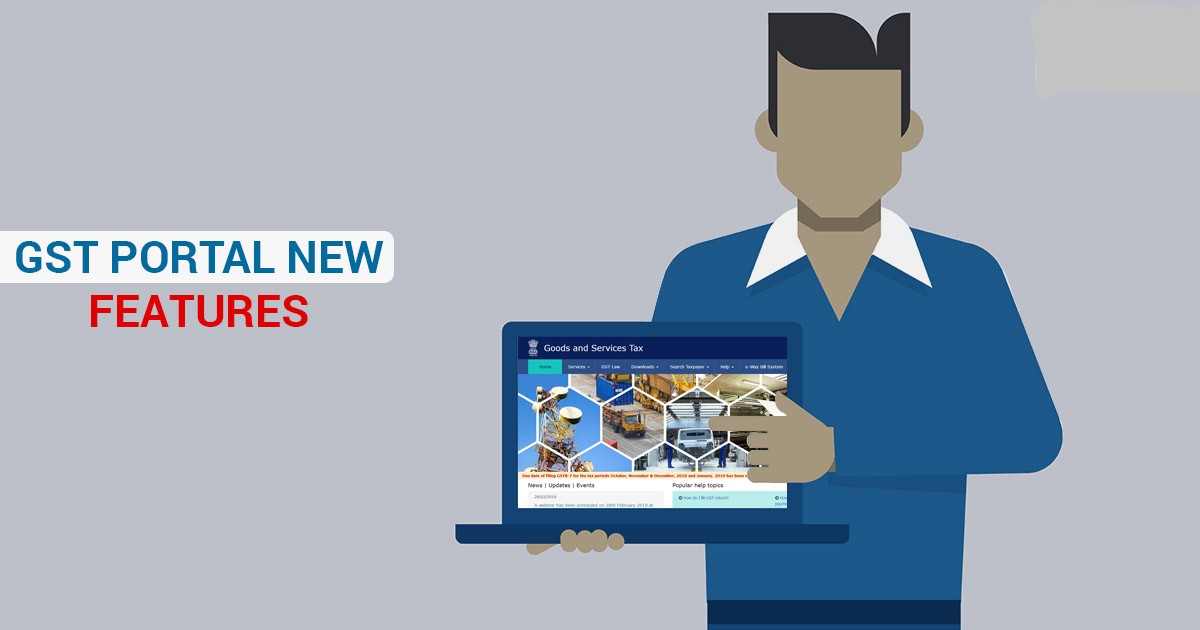Under GST, the taxable event and the liability to pay tax arises when there is a supply of goods or services
The goods and services tax (GST) is one of the biggest fiscal reforms in India. We had covered details relating to the applicability of GST registration and procedure registration in our earlier article titled GST registration requirements for NRIs. The present article covers the aspects subsequent to registration for the non-resident taxable person (NRTP).
Self-assessment mechanism
GST functions on the concept of ‘self-assessment’ by which every registered taxable entity shall itself determine the tax liability under GST law and furnish prescribed returns for the specified tax period. Any entity that falls under the ambit of GST needs to follow the necessary compliances and procedures. The filing of GST returns and payment of tax within prescribed timelines is one of the crucial parts of the compliance requirements. In case of late or incorrect filing of a return, an additional amount may be required to be paid in the form of a late fee, interest, and or penalty. In order to file timely GST returns, it is necessary to understand, on what value tax is to be levied, the place of supply, the type of taxes and the applicable tax rate.
Taxable event
Under GST, the taxable event and the liability to pay tax arises when there is a supply of goods or services. GST is generally levied on the supply of all goods and services except for the supply of alcoholic liquor for human consumption and certain petroleum products. The tax on such alcoholic liquor and petroleum products continues to be under the ambit of the erstwhile indirect tax regime, i.e., central / State excise duties and Value Added/ Sales Tax. Under GST, supply includes all forms of supply of goods or services or both, such as sale, transfer, barter, exchange, license, lease, rental, disposal, etc. Such supply is chargeable to tax only when it is made for furtherance of business and for consideration. The term ‘consideration’ in relation to the supply of goods or services broadly includes any payment made or agreed to be made, whether in money or otherwise like barter etc. However, transactions within the same legal entities or related parties are also chargeable to tax even if made without consideration.
Taxable value
GST contains provisions relating to the valuation of goods or services made in different situations and between different persons. The tax payable is generally computed on an ad-valorem basis, i.e., percentage of the value of the supply of goods or services. Typically, GST is chargeable on the supply of goods or services or both on the transaction value of goods or services or both in the case of unrelated persons. The transaction value means the price actually paid or payable for the supply of goods or services.
In most cases, invoice value is considered as taxable value for levying a particular tax. Central Goods and Service Tax (CGST) and State Goods and Service Tax (SGST) is levied in case of taxable supplies within a state/Union territory. Integrated Goods and Service Tax (IGST) is levied in the case of taxable supplies between two different states/union territory. In the case of specified supplies like coal, Motor cars, aerated drinks, compensation cess is also levied in addition to such GST.
Avoiding cascading effect of tax
The taxpayers can avail of the input tax credit (ITC) of tax levied by its supplier of goods or services subject to prescribed conditions. Such ITC on inward supplies can be further set off against the liability on outward supplies, and the balance tax liability (if any) is required to be paid for example, if raw material purchase by X sufferers GST of 20 and his output liability is 30, the X would be required to pay only 10 as GST to the exchequer post adjustment of 20.
GST returns
On successful completion of the registration process, the user ID and password are generated from the GST portal through which all the returns are filed, and taxes are paid online. The GST portal provides for various facilities like viewing and downloading of electronic cash and credit ledger, registration certificate, returns filed, notices and orders received from GST officers, refund application etc. The portal also provides the facility of tracking the status of the refund application, and the taxpayer can also reply online to the notices and orders received vide the GST portal.
The electronic ledgers available on the GST portal is akin to an electronic passbook for GST. The amount which the taxpayer has deposited can be viewed in the Electronic Cash Ledger. Further, the eligible Input Tax Credit (ITC) that is claimed by the registered dealer in the GST return filed is reflected in the Electronic Credit Ledger. The e-credit ledger cannot be used for payment of interest, late fees or penalty.
In the case of a supply of goods or services by NRTP, GST is leviable on the value of supply at a rate of tax as specified in the schedule. The rate of tax on goods and services is broadly covered in the four-tier rate structure of 5%, 12%, 18% and 28%. Such tax is collected by NRTP from its customer, and the latter can further avail input tax credit (ITC) of such taxes paid if it is eligible for credit under the GST law.
It is important to note that the NRTP would not be eligible to avail Input Tax Credit for GST paid on procurement of any goods or services. However, the amount of GST paid on import of goods would be available as credit provide the same is an eligible credit under GST. For example, if the output tax liability is 200, and for goods imported GST is 100, and GST on local rent is 20, in this case, only 100 would be available for set-off from the output liability of 200. The GST of 20 would not be eligible to be reduced from the output liability, and tax of 100 (200-100) will have to be deposited in the cash ledger.
The non-resident taxable person shall furnish a return in form GSTR-5 electronically through the GST portal. The return can also be filed from a tax facilitation centre that uploads the return after receipt of such return and requisite documents from the NRTP. The details of outward supplies made and inward supplies received during the tax period need to be furnished during the tax period under the specified tables.
The form GSTR-5 is required to be filed on or before the 20th of the month succeeding a particular tax period or within seven days after the end of the validity period of registration, whichever is earlier. The required amount of tax, interest, penalty and fees is also be paid while submitting form GSTR-5.
Reverse charge mechanism (RCM)
Thus, the taxpayer is required to collect tax from its customer and deposit the same with the government. Thus, it is the responsibility of the supplier of goods or services to pay the required tax to the government. However, the government has also specified categories of supply of goods or services wherein the recipient of goods or services is required to pay tax as if he is the person liable to pay tax. There are various supplies covered under RCM like services received from goods transport agency, lawyer’s services, etc.
The ITC available in the credit ledger of the GST portal cannot be used for paying liability under RCM as a service recipient. The same has to be deposited in the cash ledger on the GST portal. Further, unlike the normal registration, the NRTP would not be able to avail input tax credit of tax paid under RCM.
Refund
In case of excess deposit of the advance tax by an NRTP at the time of initial registration/ extension of registration, the same would be refunded only after the NRTP has furnished all the returns required in respect of the entire period for which the certificate of registration is granted to him. The refund can be applied by filling required details in form GSTR -5 on the GST portal.
It has been the endeavour of the government to make the processes of registration and compliances user-friendly and easy for NRTP to facilitate ease of doing business in India. The process of registration, filing of return and signing of the return is to be done through the government portal at www.gst.gov.in.
There are certain pre-requisites for filing returns like goods and services tax identification number (GSTIN), valid user ID password on the GST portal and digital signature certificated/electronic verification code, as applicable, which should also be taken note of.
Source: livemint.com
Follow us for free tax updates : facebook Twitter
***
Subscribe our portal and get FREE Tax e-books , quality articles and updates on your e-mail.
Resolve your GST queries from national level experts on GST free of cost.
TW Editorial Team comprises of team of experienced Chartered Accountants and Advocates devoted to spread the knowledge of GST amongst the various stakeholders.




